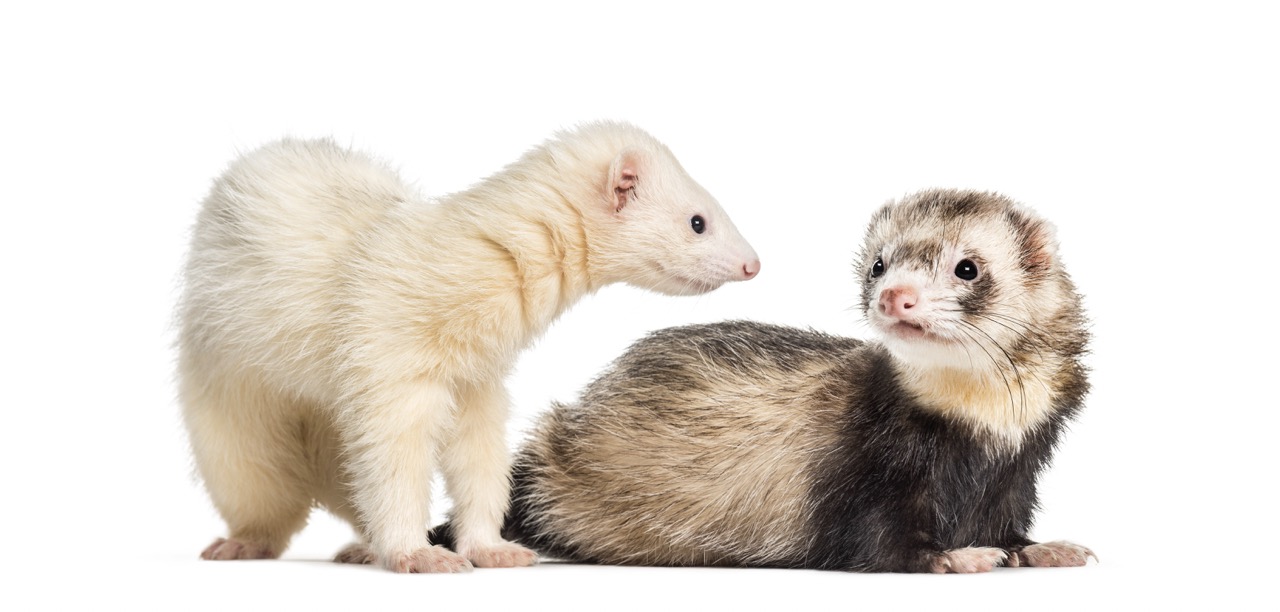Choosing the right cage for your ferret is crucial to ensuring they lead a happy, healthy life. Ferrets are energetic, curious animals that require ample space to explore, play, and rest. Their natural instincts demand an environment that caters to their unique needs. This article provides a comprehensive guide on how to select the perfect cage for your ferret, focusing on their needs, cage design features, suitable materials, and best practices to enhance their well-being.
Understanding Ferret Needs: Space and Environment Essentials
Ferrets are known for their agility and playful nature, which translates to a need for ample space. A standard recommendation for ferret cages is a minimum of 24 inches in width, 24 inches in depth, and 48 inches in height. However, larger is always better; the more space you provide, the more opportunities your ferret will have for exercise and exploration. Multi-level cages with ramps and platforms can help maximize vertical space, which is great for ferrets to climb and explore.
In addition to physical space, the environment inside the cage is just as important. Ferrets are social creatures and thrive in an environment that allows for interaction and play. Incorporating toys, tunnels, and hammocks will not only keep them entertained but also encourage physical activity. Make sure the cage has secure doors and partitions that can withstand their playful antics, as ferrets are known for their adept escapology skills.
Another essential aspect to consider is the cage’s location within your home. Ferrets are social animals and enjoy being part of the family. Placing their cage in a common area will allow them to engage with you and your family members, reducing feelings of isolation. However, ensure that the environment is safe—away from direct sunlight, drafts, or loud noises that could stress your pet.
Key Features to Look for in a Ferret Cage Design
When selecting a cage for your ferret, certain design features can significantly enhance their quality of life. First and foremost, look for cages with multiple levels and ramps. This design not only provides more space for your ferret to explore but also mimics their natural habitat, where they would climb and burrow. Ensure that any ramps are not too steep to prevent injury, as ferrets can be prone to slips and falls.
Another important feature is the bar spacing. Ferrets are small and agile, so the spacing between the bars should be no more than 1 inch apart to prevent escapes. A solid base is also crucial, as ferrets can dig and burrow; a solid bottom will keep them secure. Look for cages with removable trays for easy cleaning, as ferrets can be messy and require regular maintenance to keep their living area hygienic.
Ventilation is another critical consideration. The cage should have adequate airflow to avoid any buildup of odors or humidity, which can lead to respiratory issues. Ensure that the design includes enough openings for good ventilation while still being secure. Lastly, check for chew-proof materials and finishes, as ferrets are notorious for gnawing on anything they can get their teeth on, which can lead to injury or ingestion of harmful substances.
Material Matters: Choosing Safe and Durable Options
The materials used in your ferret’s cage can have a significant impact on their health and safety. Look for cages made from non-toxic materials; ferrets are prone to chewing, and any harmful substances could lead to serious health issues. Metal cages are often ideal, as they are durable and can withstand the wear and tear that comes with a ferret’s playful nature. Ensure that the metal is coated with a non-toxic finish to prevent rust and deterioration.
Plastic components in a cage should be made of high-quality, chew-resistant materials. Avoid using cages with painted surfaces, as the paint may contain harmful chemicals that can be detrimental to your ferret’s health. If choosing a plastic cage, ensure it is thick and sturdy enough to endure chewing and scratching.
Lastly, consider the ease of cleaning when selecting materials. Ferrets can be quite messy, so a cage that can be easily wiped down or disassembled for thorough cleaning is essential. Stainless steel trays or removable plastic bases that can be scrubbed will not only keep the cage clean but will also help maintain a hygienic living space for your ferret.
Best Cage Practices for Ferret Health and Happiness
After you have selected the right cage for your ferret, implementing best practices is crucial for their overall well-being. Regular interaction outside the cage is essential; ferrets need daily exercise and mental stimulation. Designate a safe play area where your ferret can explore, play, and bond with you. This time should be monitored to ensure they are safe from potential hazards around the house.
Cleaning the cage regularly is vital to maintaining a healthy environment. Ferrets have a strong odor, which can be mitigated through routine cleaning of their bedding, toys, and litter area. A clean cage not only helps in keeping odors at bay but also reduces the risk of infections and diseases. Aim to do a thorough clean at least once a week, with spot cleaning daily.
Finally, ensure that your ferret is comfortable in their cage. Provide bedding options that they can snuggle into, such as fleece or fabric hammocks, which can provide warmth and security. Regularly assess your ferret’s behavior—if they seem stressed or lethargic, it might be time to re-evaluate their living conditions, including cage size, layout, and the amount of interaction they receive.
Choosing the right cage for your ferret involves careful consideration of their unique needs and behaviors. By understanding their requirements for space and environment, selecting appropriate design features and materials, and adhering to best practices, you can create a safe and enriching home for your furry friend. Remember, a well-chosen cage contributes not only to their physical health but also to their emotional well-being, ensuring a happy and fulfilling life for your ferret companion.










